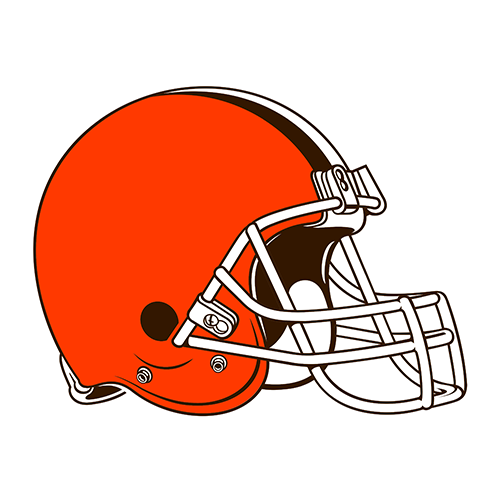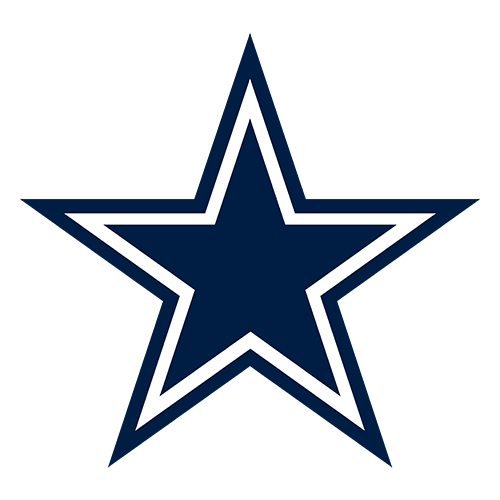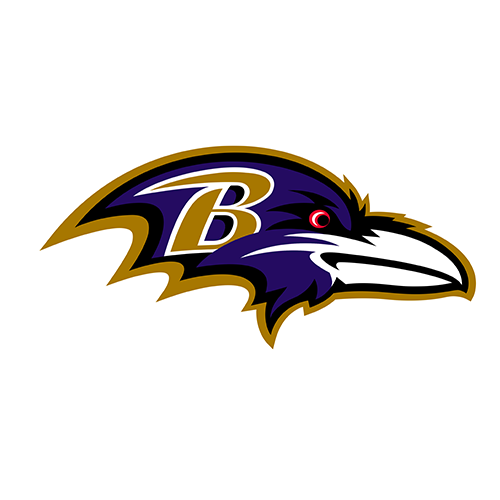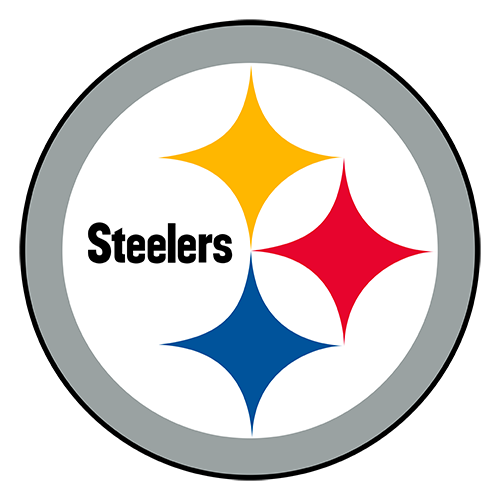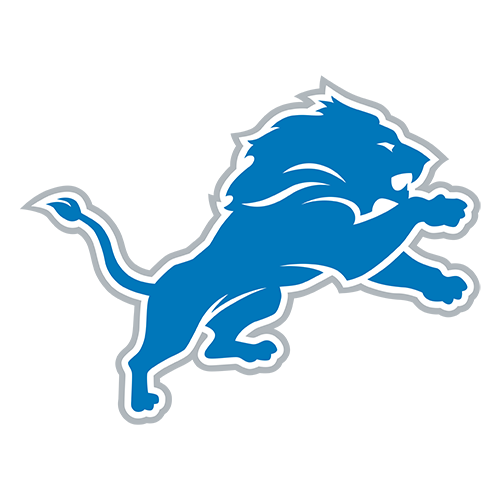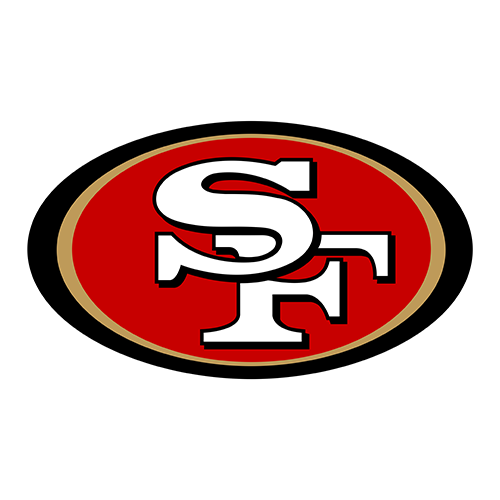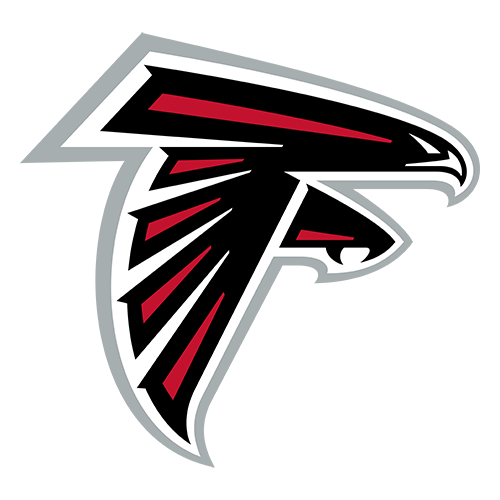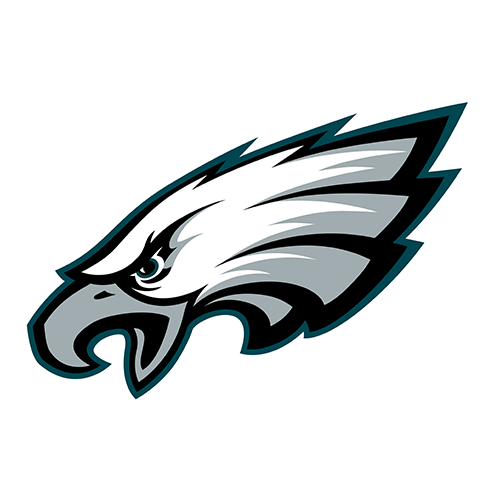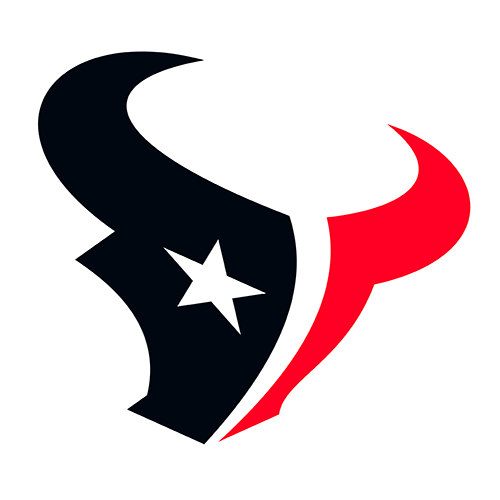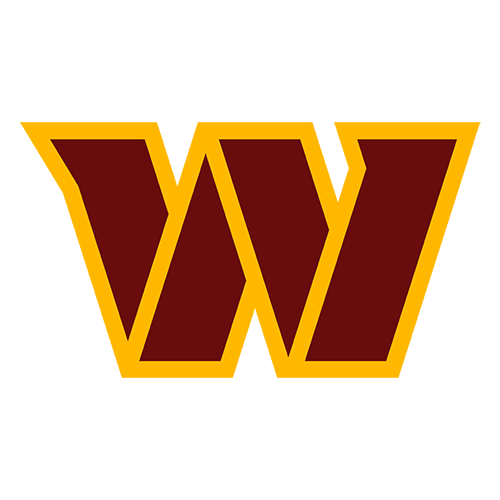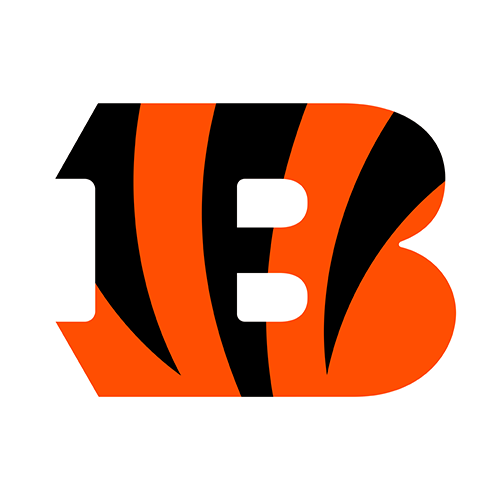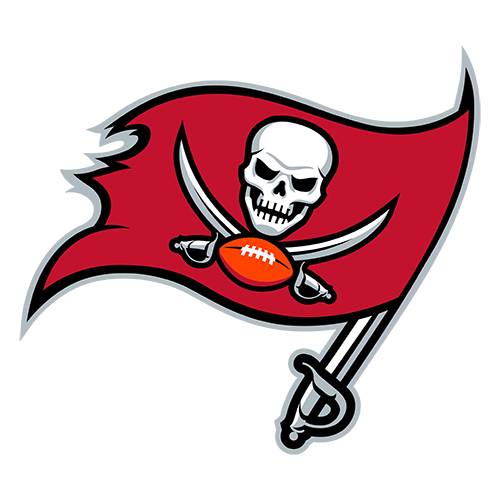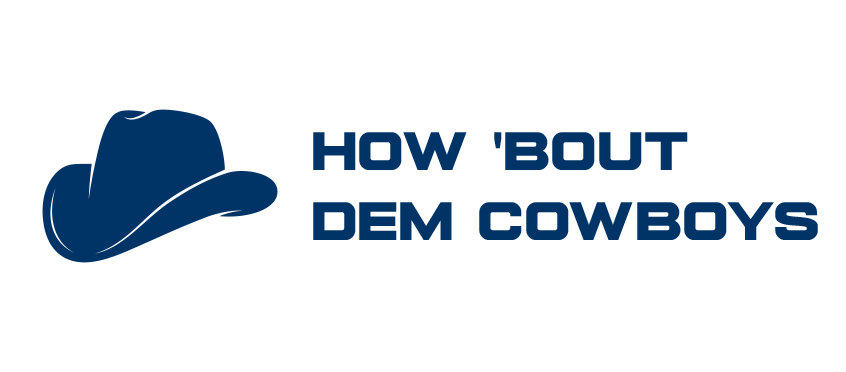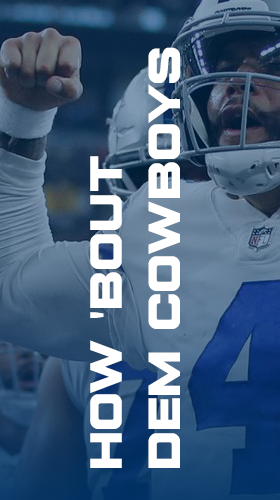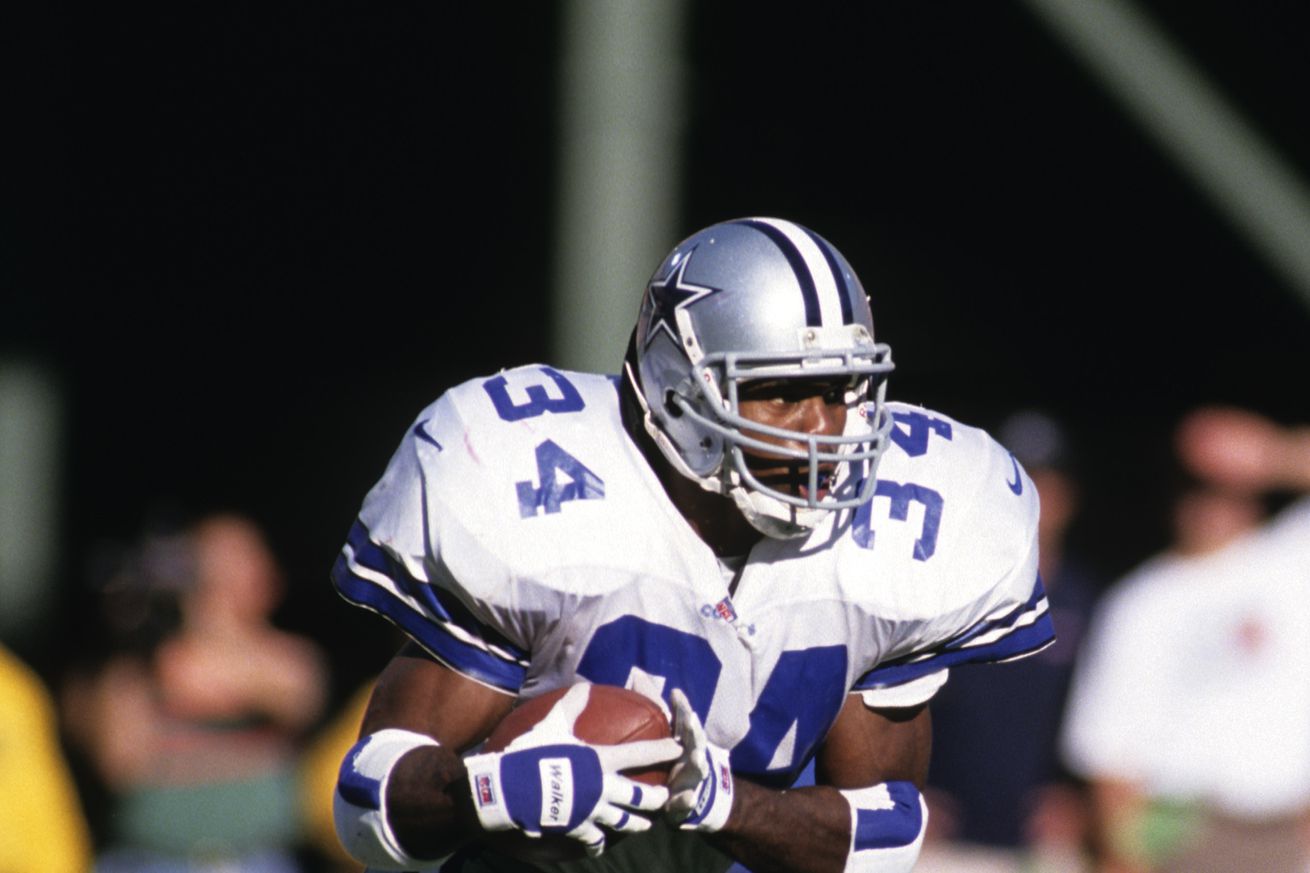
Imagine if the Cowboys had never traded for Herschel Walker.
Unless your team is the current champ or boasts a promising future, you take shelter in the past. The further you go back, the worse your soul hurts. Dallas Cowboys fans know this inconvenience. They have to retreat to when Sunday nights with Chris Berman and Tom Jackson was our version of NFL RedZone.
The franchise currently resides in a never-ending gilded stasis, but from 1992 to 1995, they won three Super Bowls in four seasons. Back then, a lengthy Cowboys run in the playoffs felt inescapable. Winning was a near certainty. (Trust me. I was a Giants fan during that beige post-Parcells era. It stunk!)
But in 1989, the Cowboys had a new owner, Jerry Jones, and a new head coach, Jimmy Johnson—both the second in team history. The heady days of America’s Team were long gone. The Cowboys lost their first eight games, a fitting overture to a dreadful 1-15 season.
The team’s star player was Herschel Walker, a hulking running back who had a storied career at the University of Georgia before he left school early to spend three seasons starring with the United States Football League’s New Jersey Generals.
Walker was very good in Dallas, making two Pro Bowls as a dual-threat back. Johnson, faced with the daunting task of succeeding Tom Landry, was not impressed. As ESPN.com’s Steve Wulf wrote in 2014, Johnson “preferred shifty backs to power runners like Walker” and “saw Walker as a prima donna whose grades in team chemistry weren’t very good.”
Johnson told Wulf: “We were already 0-5 with him, the worst team in the league. We were old and slow, and we needed to jump-start the rebuilding process. I had to figure out a way to parlay our best asset into a whole team.”
That led to arguably the biggest trade in NFL history and the move that shaped the Dallas Cowboys into a dynasty. Here’s how the Oct. 12, 1989, deal broke down.
(Vikings fans, cover your eyes or watch Randy Moss highlights for a minute.)
The Cowboys received five players; four were released. The real bounty was the draft picks: three first-round picks (two conditional), three second-round picks (two conditional), a conditional third-round pick, and a sixth-round pick.
The Cowboys nailed four of them.
• RB Emmitt Smith, NFL’s career rushing leader and an all-time great
• DT Russell Maryland, 10-year vet, Pro Bowler
• CB Kevin Smith, 1996 second-team All-Pro
• S Darren Woodson, Dallas’ all-time leading tackler, five-time Pro Bowler
The Vikings got Walker, two third-round picks (1990, ‘91), a fifth-round pick, and a 10th-round pick. How did that go? Minnesota made the playoffs once in three years. By 1992, Walker was out of Minnesota without a single 1,000-yard rushing season.
Let’s say Jimmy Johnson decided to build his offense around Walker and Cowboys’ draft picks Troy Aikman and Michael Irvin? Let’s say the Vikings didn’t mortgage their future for a 27-year-old running back who was in the middle of his seventh season of professional football. Thanks to Strat-O-Matic, the market leader in sports simulations, we can answer the question that has baffled football fans for nearly 40 years.
What if the Cowboys had not traded Herschel Walker to the Vikings?
1989-1995 Dallas/Minnesota Records
STRAT-O-MATIC SIMULATION
Summation: If you’re a Cowboys fan, you’d be pining for the days of Roger Staubach to Drew Pearson. If you’re a Vikings fan, little changes but, hey, you didn’t lose a fifth Super Bowl.
Other details: According to Strat-O-Matic, Smith ends up in Atlanta, most likely preventing Jamal Anderson from unleashing the “Dirty Bird.” Dallas drafts Jake Reed, a very good wide receiver. Walker’s stats in Dallas, save for 1992 (249 carries, 1,295 yards, 7 TDs), are nowhere near what Emmitt put up during his zenith.
Questions arise if the Vikings and the Cowboys had stayed put. Do the Cowboys have the gloss of a first-class organization without those three Super Bowl victories? Do legends like Bob Lilly and Staubach, who is already a deity in Dallas, reach a higher level of adoration because they don’t have to compete against the Cowboys’ nineties dominance? Does Jerry Jones hire a coach who can win a championship?
Most importantly, do we get this troubling Jimmy Johnson commercial?
These are questions Cowboys fans don’t have to answer. But with the franchise’s last Super Bowl season turning 30 years old this year, here’s one they’ll have to wrestle with: How long can yesteryear’s greatness provide sustenance today?
